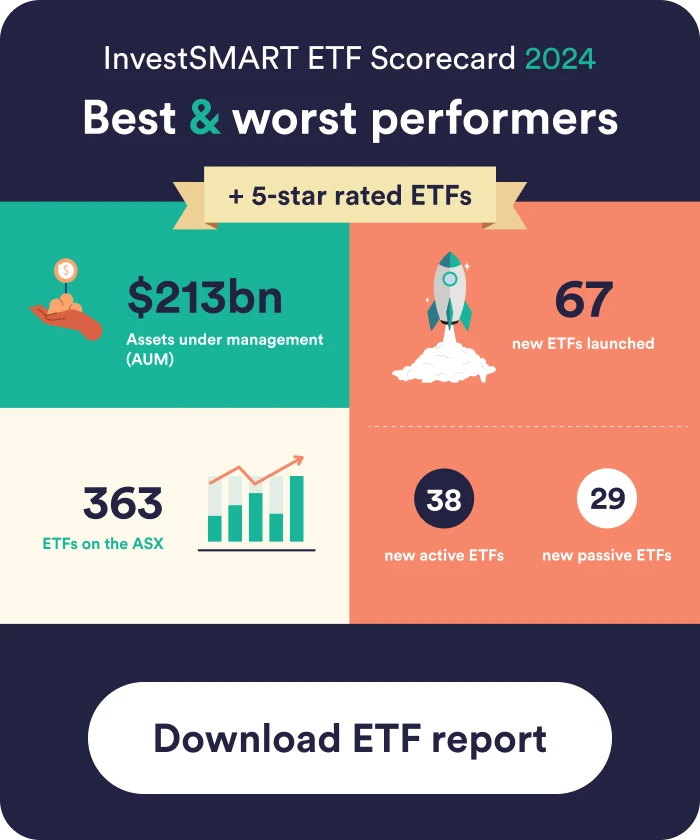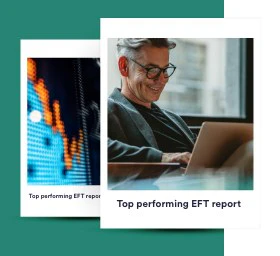An ETF is an investment fund that is traded on a stock exchange, similar to how shares are traded on a stock exchange. It is a portfolio of stocks usually tracking an index. ETFs are passive, aiming to replicate the performance of an index of a specific asset class. This means that if the index goes up then the ETF will go up, conversely if the index falls the ETF will also follow it down.
ETFs are usually focussed on one particular asset such as domestic Australian share, international shares, fixed income products, foreign currencies, property and infrastructure, precious metals and commodifies. Passive ETFs will follow the benchmark index up or down, replicating the performance of the benchmark as closely as possible.
ETFs can be synthetic or physical. A physical ETF will hold the actual stocks – the underlying securities – from their chosen benchmark in the portfolio. The manager will adjust the portfolio weightings (how much of each stock is in the portfolio in comparison to the others) to align with the benchmark to replicate the performance of the actual benchmark as much as possible. Synthetic ETFs are different in that instead of owning the underlying securities, managers will use derivatives e.g. swaps to follow the performance of the index. As a result, Synthetic ETFs face counterparty risk although steps are taken to ensure it is minimised. Despite this, Synthetic ETFs tend to reward investors for taking on additional risk by charging lower costs.
ETFs are often used to diversify a portfolio as they are an easy option to gain exposure in certain asset classes that may be more difficult to gain entry to e.g. international shares which would normally require the services of a specialised broker. ETFs usually have lower fees as passive investing strategies rely less on the skill and experience of the managers than active investing strategies. This makes them a cost effective way to diversify your portfolio and gain access to markets that traditionally tend to be more difficult to invest in.
Saving for happy retirement
Saving for kids education
Saving for a property
Wealth Protection
Need help planning and finding the right investment portfolio?Get StartedBalanced Portfolio
Growth Portfolio
High Growth Portfolio
Ethical Growth Portfolio
Ethical High Growth Portfolio
Single asset class ETF portfoliosCash Securities PortfolioHybrid Income Portfolio
Australian Equities Portfolio
International Equities Portfolio
Property & Infrastructure Portfolio
Need help planning and finding the right investment portfolio?Get StartedConservative Portfolio Balanced Portfolio Growth Portfolio High Growth Portfolio Cash Securities Portfolio Hybrid Income Portfolio Australian Equities Portfolio International Equities Portfolio Property & Infrastructure Portfolio Ethical Growth Portfolio Ethical High Growth Portfolio See all ETF portfolios How it works Capped fees Who we are Portfolios performanceETF Insights
Paul's Insights
Podcasts & videos
Portfolio updates
Top Performing ETFs
Compare Your Fund
Need help planning and finding the right investment portfolio?Get Started











